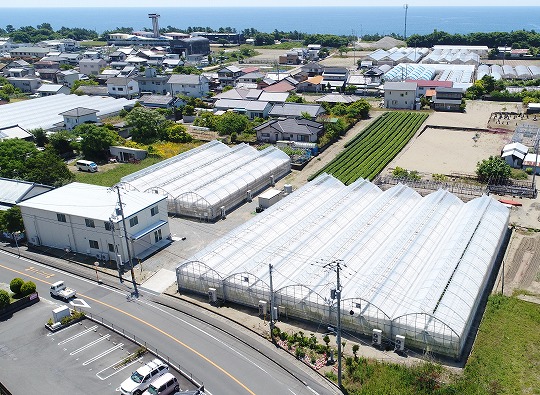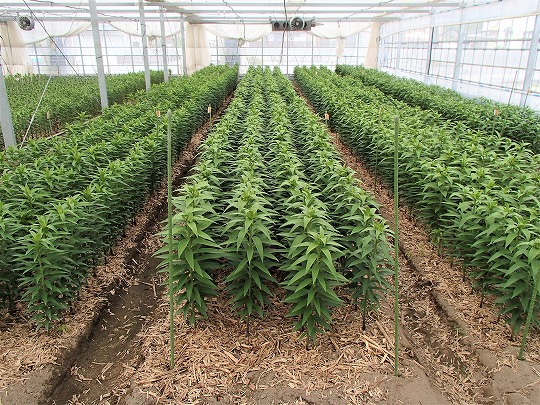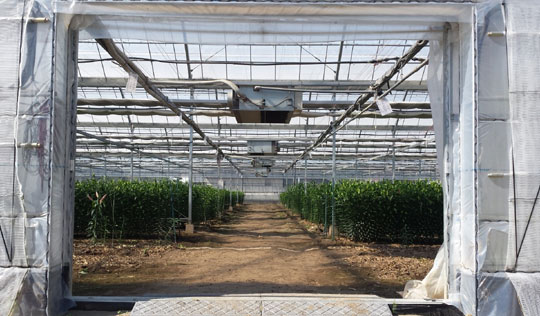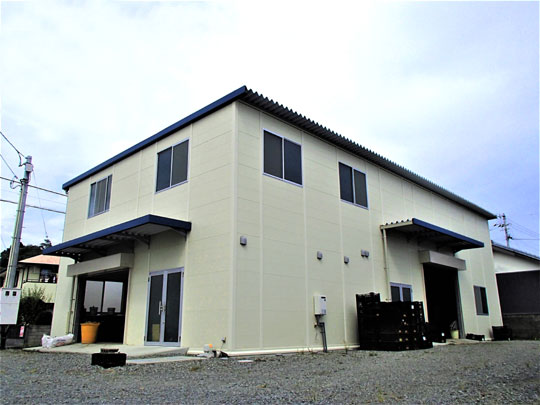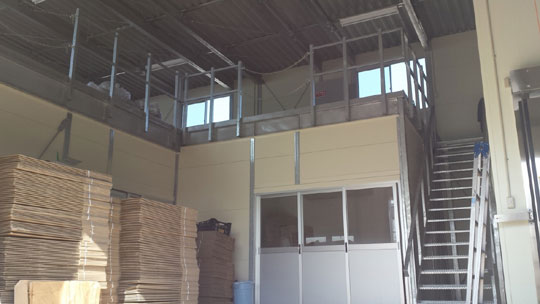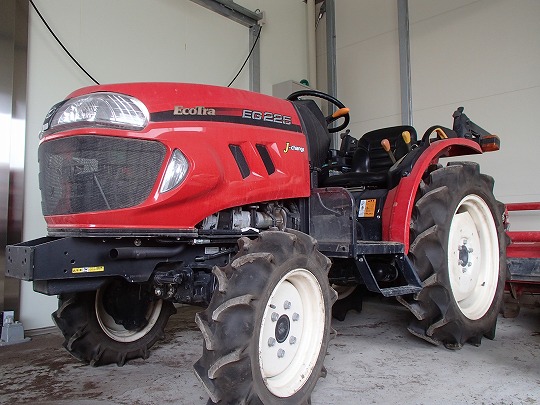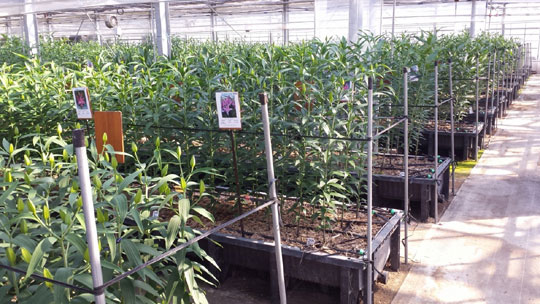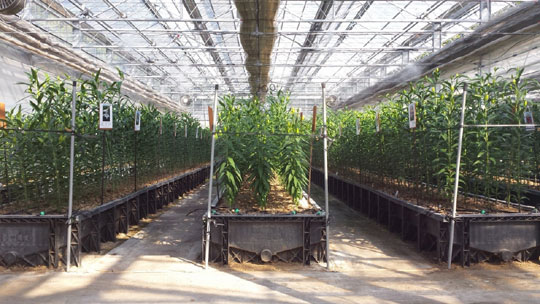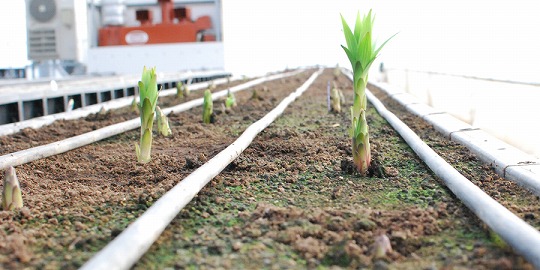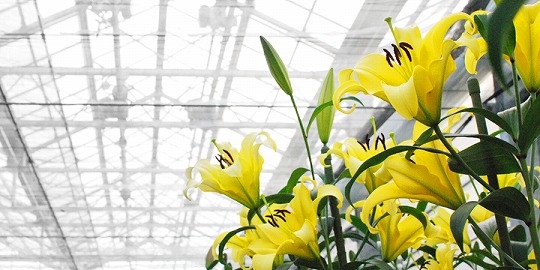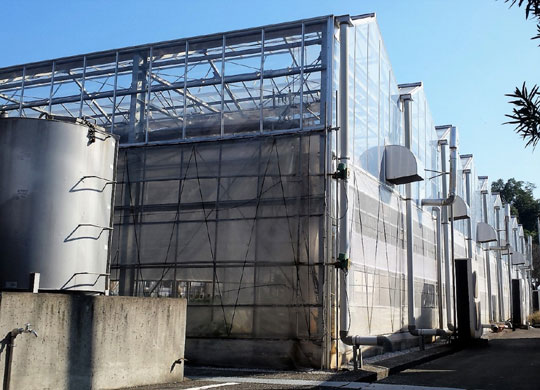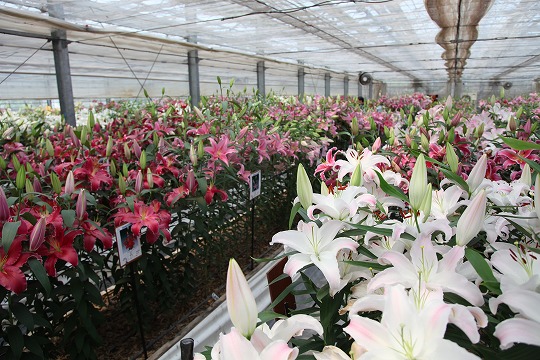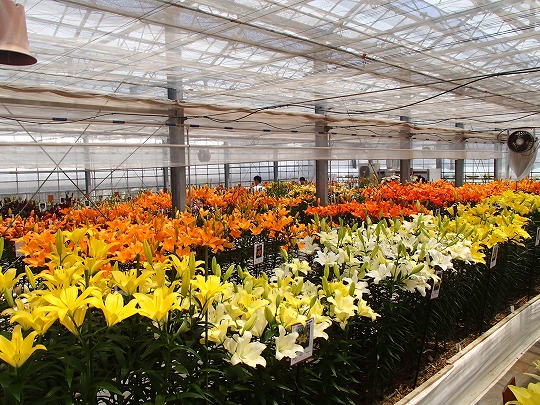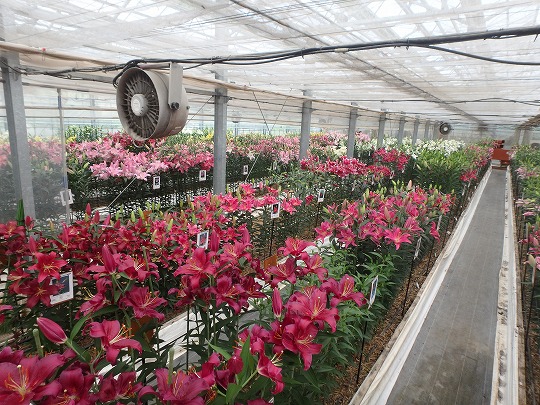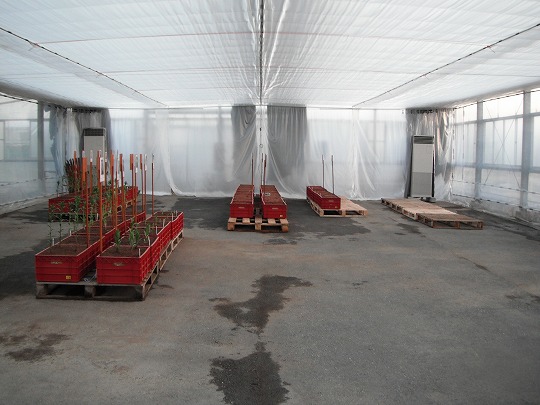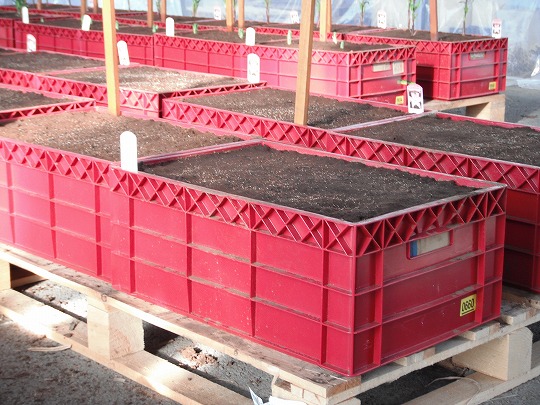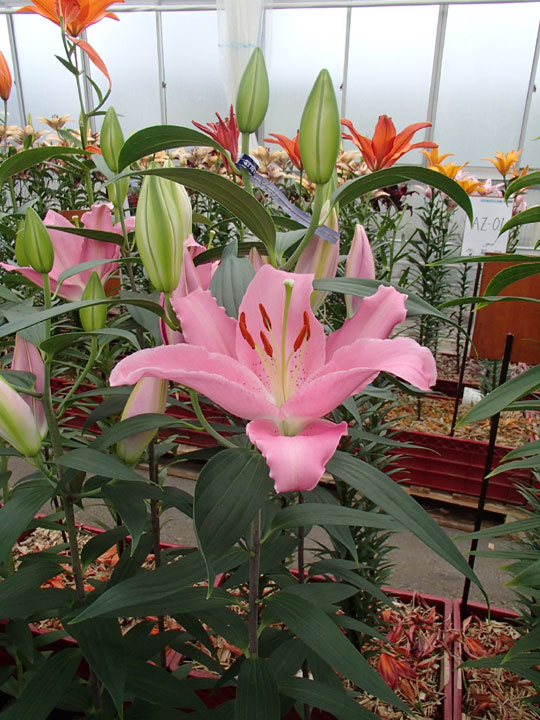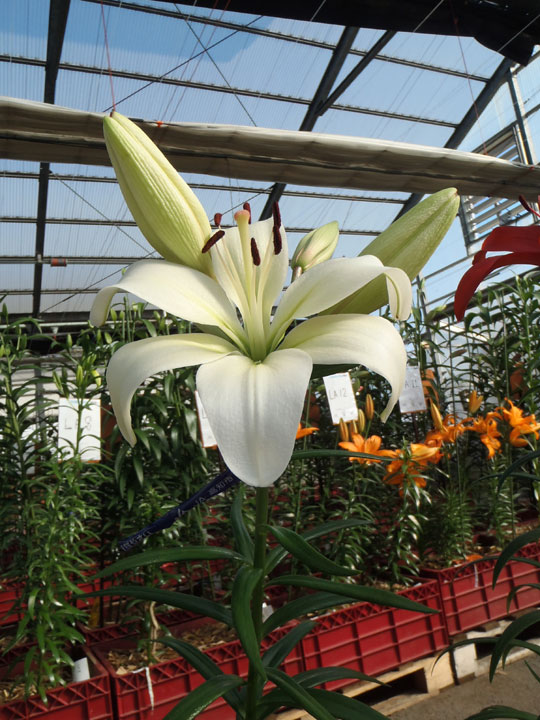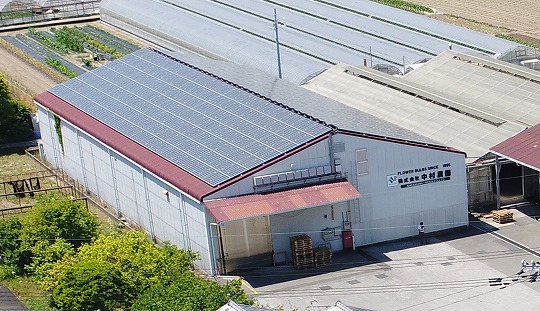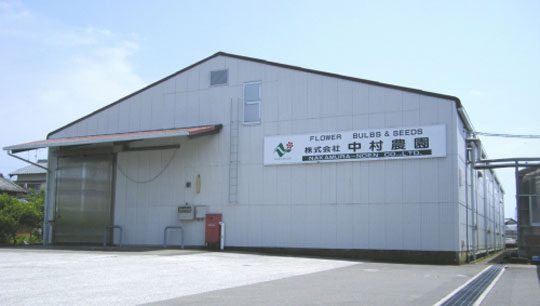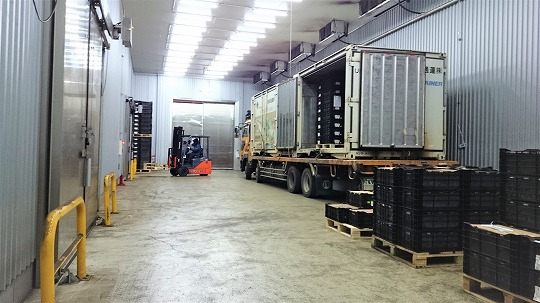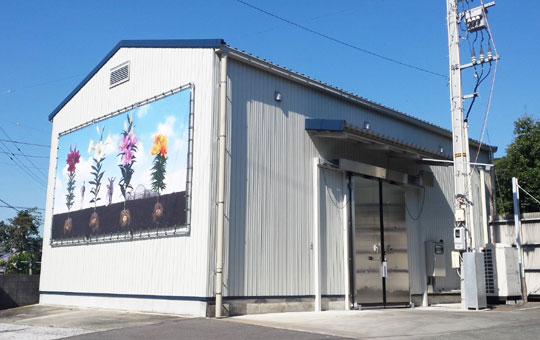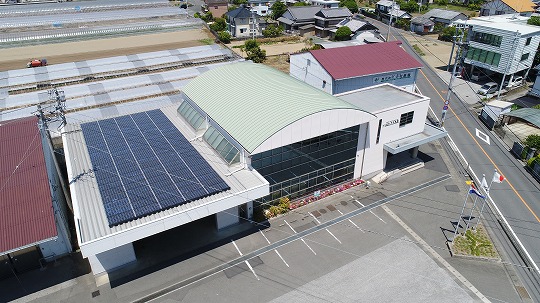Keigo Nakamura
Thank you very much for your usual cooperation.
I visited Chile from July 5th to 9th, and I’d like to report my research in this trip on harvesting situation and other general conditions in Chile.
1. Growing is ok, buts count seems to be good
Each seasons in 2011 are as below;
| SPRING | – Warm, able to plant early. – Primary growth is fine (please refer to the report on Feb8). |
| SUMMER | -A bit cooler in early summer (December), but hotter in total with moderate rain. |
| AUTUMN | -Warmer than usual until April and May, and had little rain so kept growing well until the end. |
| WINTER | -Sometimes have rain, but it last for one week at longest. -Harvesting is finishing in good order. |
The climates like above are good for bulb production; long time from sprout to dying, and stabilized weather and temperature.
When I visited 65-100% of harvest was finished (different between each grower) and it did not seem to be late.
So far the condition seems good even though I could not get many samples to see the enlargement (have to be dug out at the field). There were no signs of too much enlargement, which I worried about when I visited in summer. The planting density was well controlled and the energy was used not to be bigger, but to enhance the bulbs density.
The table below is the comparison of research for sprout development of this year and last year.
| Date | Sample | Outside scale | Inside scale | Sprout length | Sprout width | Leaf count | Stem length | Stem width | |
| July5-9 | 17.3㎝ | 2011average | 11.3 | 19.1 | 34㎜ | 10.7㎜ | 44.8 | 18.8㎜ | 5.7㎜ |
| 100% | Year-to-year % | 105% | 103% | 113% | 124% | 143% | 118% | 117% | |
| June22-25 | 17.3㎝ | 2010average | 10.8 | 18.6 | 30.2㎜ | 8.6㎜ | 31.3 | 15.9㎜ | 4.9㎜ |

ATTENTION : 2010 Chile crop did not much power.
2011 Chile crop seems powerful enough. There is a big gap between the qualities of 2010 and 2011.
2. 10 years since import liberalization of CH crop started
In 2002 I stayed in Chile studying about lily bulbs. Chilean bulbs were imported to Japan for the first time also in this year. It is now harvesting season of 2011, so 10 years have passed since then.
The production amounts of grower companies have been larger with big machines and fewer workers, while many small machines worked busily like a war before. Licarayen moved to Los Angels and succeeded changing itself to Sun Harvest. Southern Bulbs became the biggest grower in southern hemisphere after they merged with Joop van Veen (the present De Plus) in the Netherlands.
There were happenings in nature too; earthquake in Concepcion last year and eruption of volcanoes in Puyehue. By the way, the volcano which erupted was just near Southern Bulbs. The lava ran into a lake and it made the water temperature 50 degree Celsius and killed many fish. However, the ash flied to East Andes direction to Brasil and Argentin thanks to ocean wind so there was not much influence to lily field.


Talking about “change”, Sone got a powerful supporter whose name is Mr. Nico Hertog.
He previously worked for Mak for a long time, and changed his company to work as an adviser at Sone.
A Japanese word “Kirei-zuki” is difficult to explain in English, but he is tidy as “Kirei-zuki”. With his influence many processes at Sone have been more tidy and clear. We can feel more comfortable with Sone’s works such as controls of planting materials, planting density, sorting, fertilizing and harvesting process, or soil tests. We often find a company’s style from their works, and judge if the company is good for us or not. In that point, we approve of Sone’s production system which Mr. Hertog established.
This around fifty year old man who seemed a reticence person when I saw him before, is now in the second bloom of his life in Chile. We can see his vitality from the bulbs too.
I believe that my annual trip to Chile shows Chilean people the passion of Japanese growers, and have them feel Japan closer.



